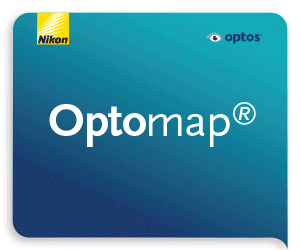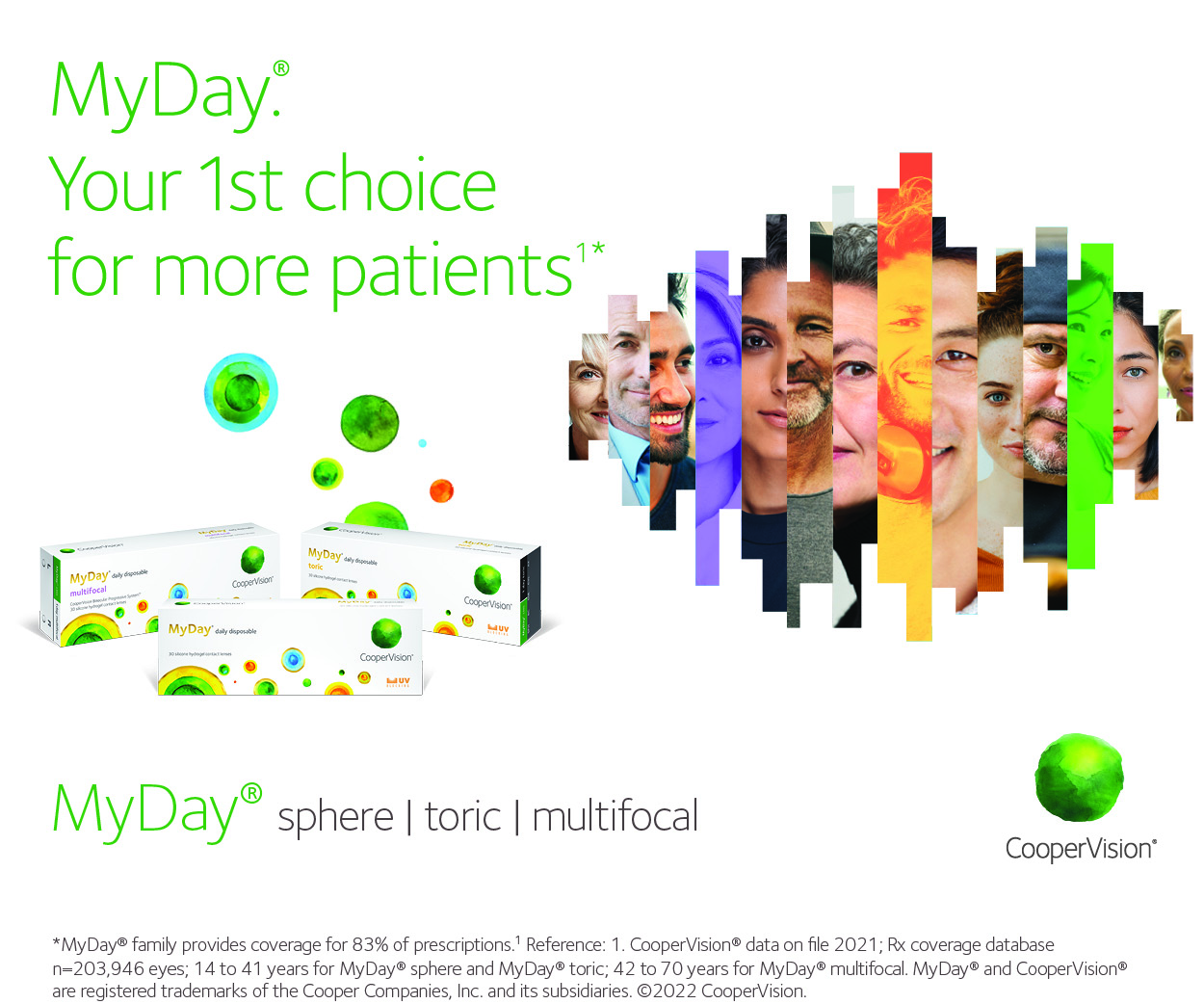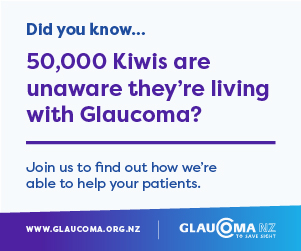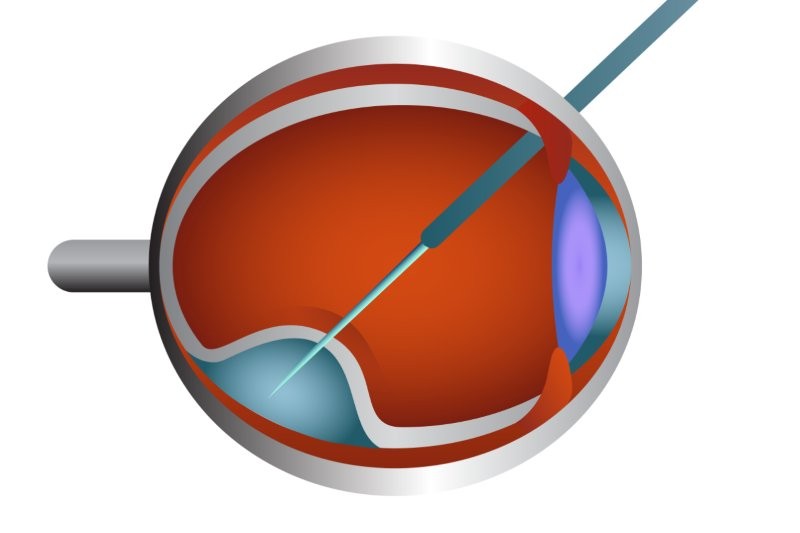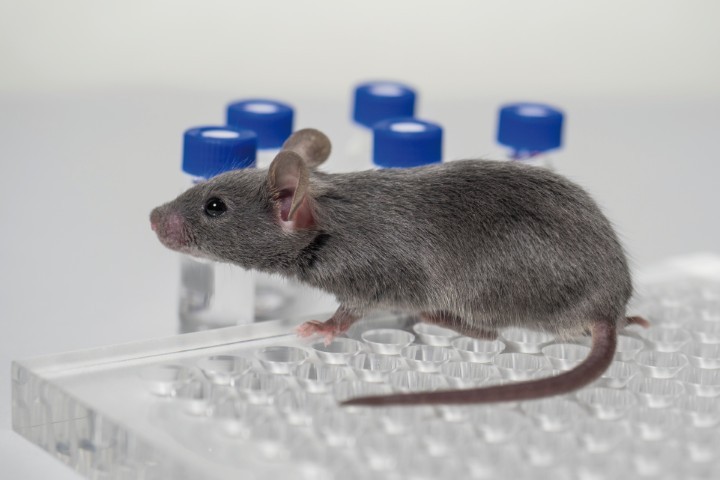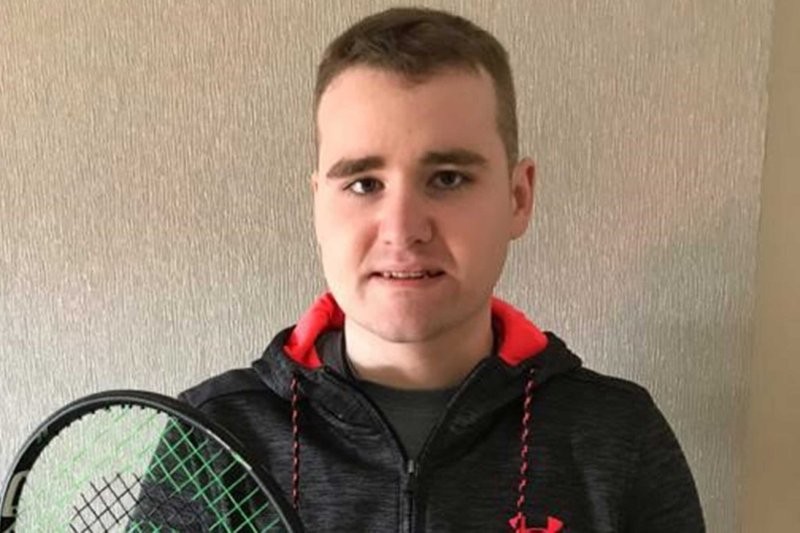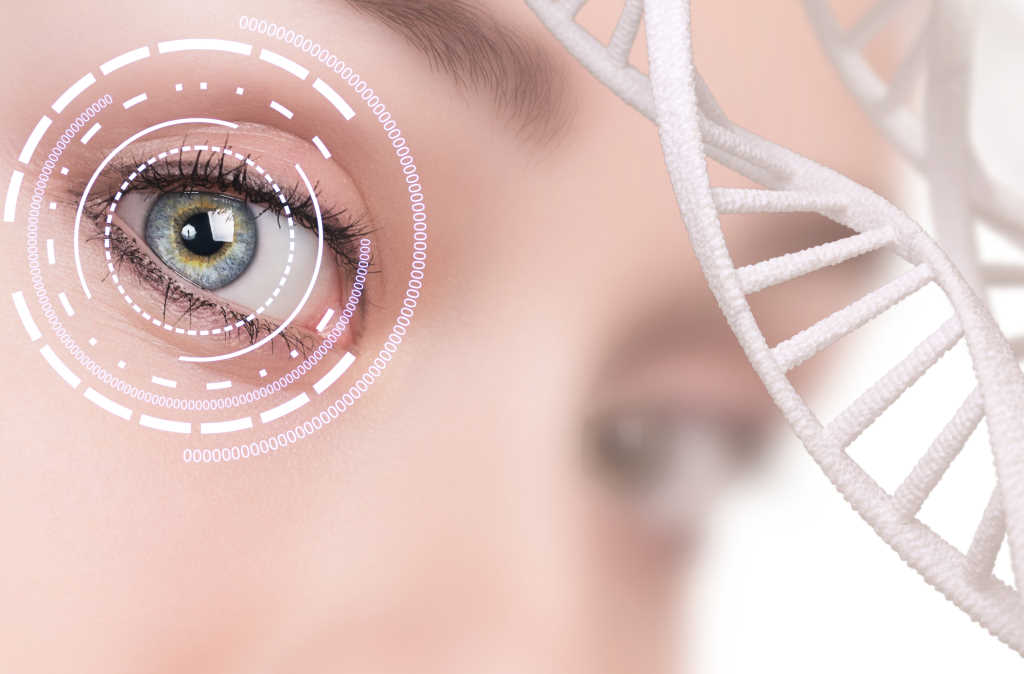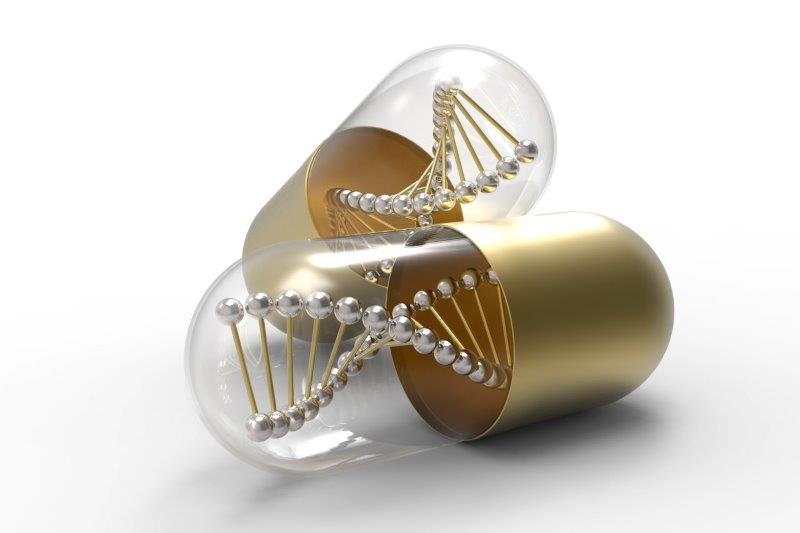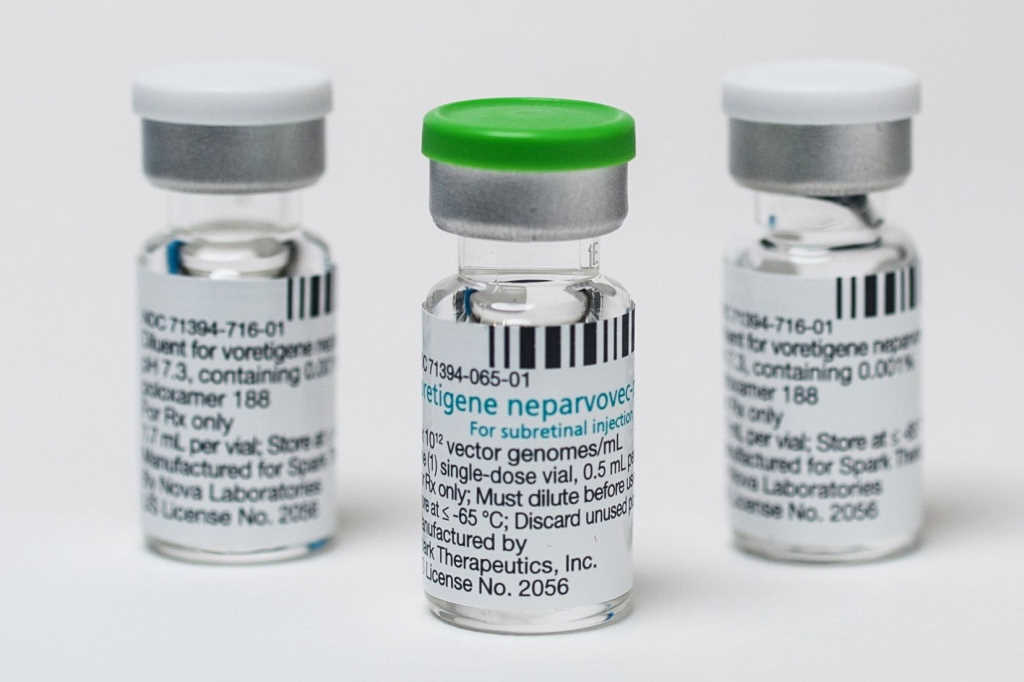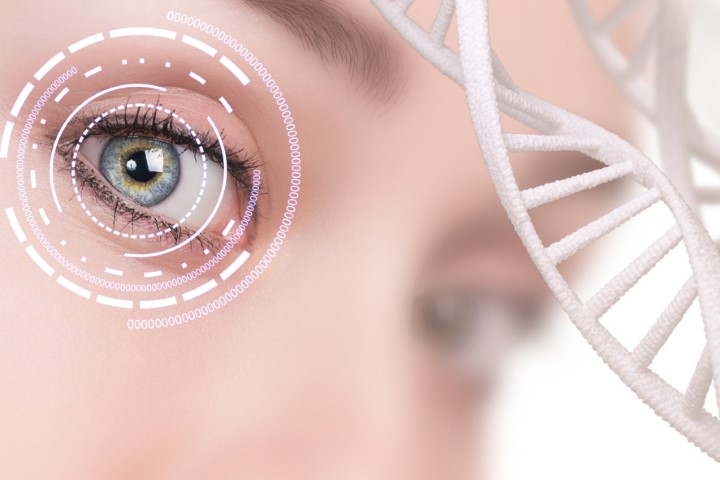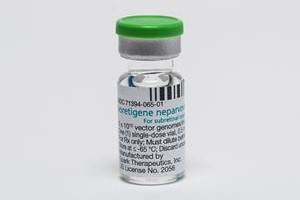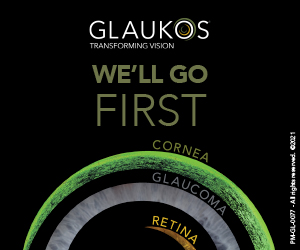Early genetic intervention spares kids’ vision
A Moorfields-led team improved the visual acuity (VA) in children with retinal dystrophy caused by a genetic deficiency of AIPL1, using a viral vector to deliver healthy copies of the gene to their retinas.
Writing in The Lancet, researchers said four children aged 1.0–2.8 years with the AIPL1 deficiency each received a subretinal injection containing the human AIPL1 coding sequence, in one eye only. The children were prescribed oral prednisolone to protect against inflammation. At a mean follow-up of 3.5 years, VAs of the treated eyes improved to a mean of 0·9 logarithm of the minimal angle of resolution. Prior to intervention, the children’s binocular VAs were limited to perception of light and their untreated eyes became unmeasurable at final follow-up, said researchers. Apart from cystoid macular oedema affecting the treated eye of one child, no safety concerns were reported.
“Our findings in children with AIPL1 deficiency show subretinal gene therapy in children as young as 12 months of age can be well tolerated and can result in substantial sustained benefit,” said researchers. This may have implications for the treatment RPE65-mediated Leber congenital amaurosis, since the efficacy of Luxturna (voretigene neparvovec) appears greater in children than in adults, they noted.




